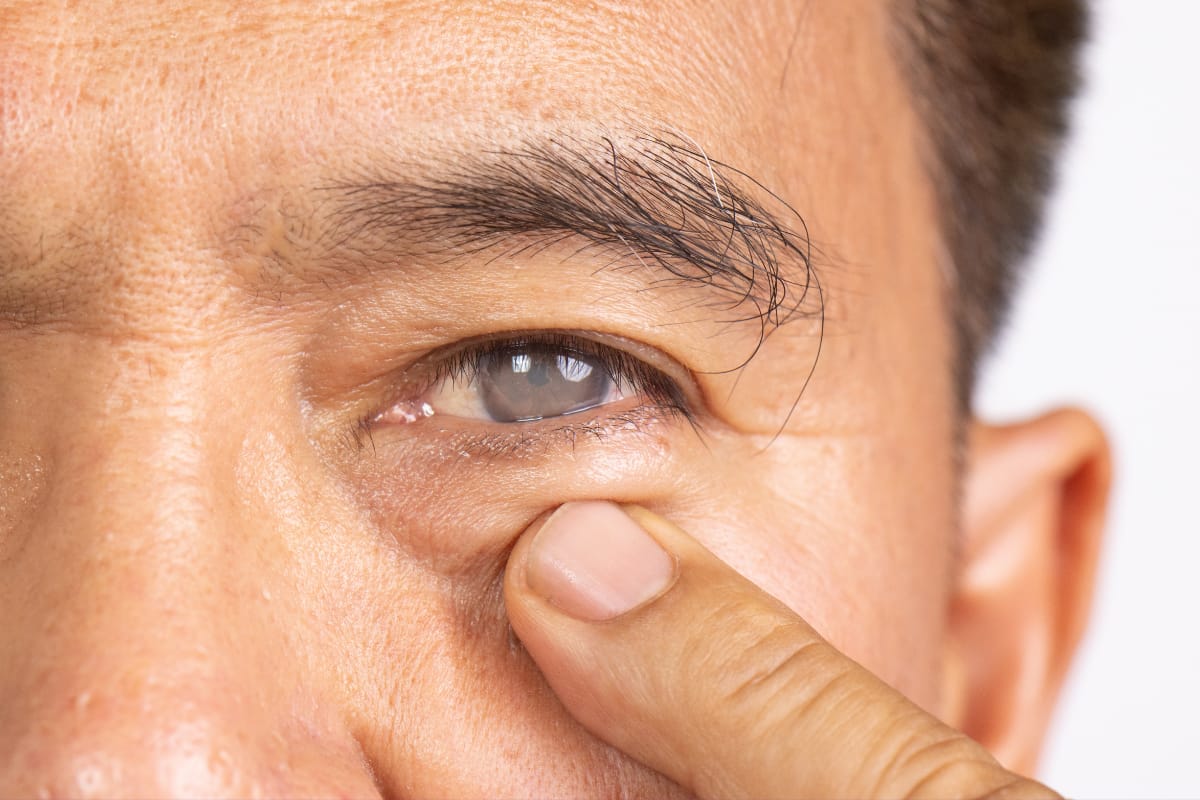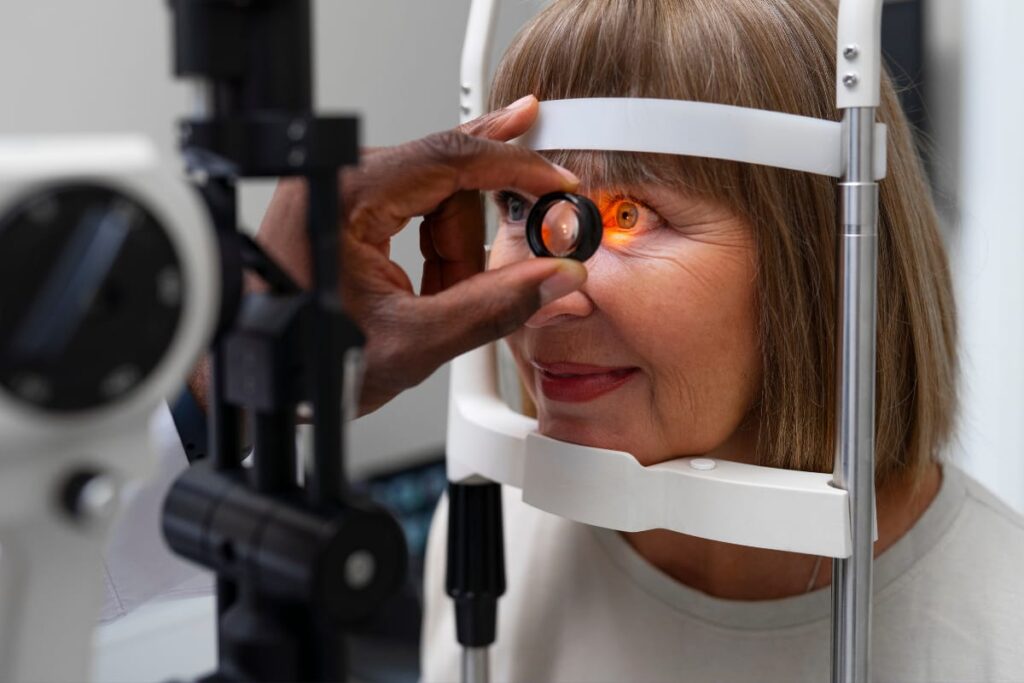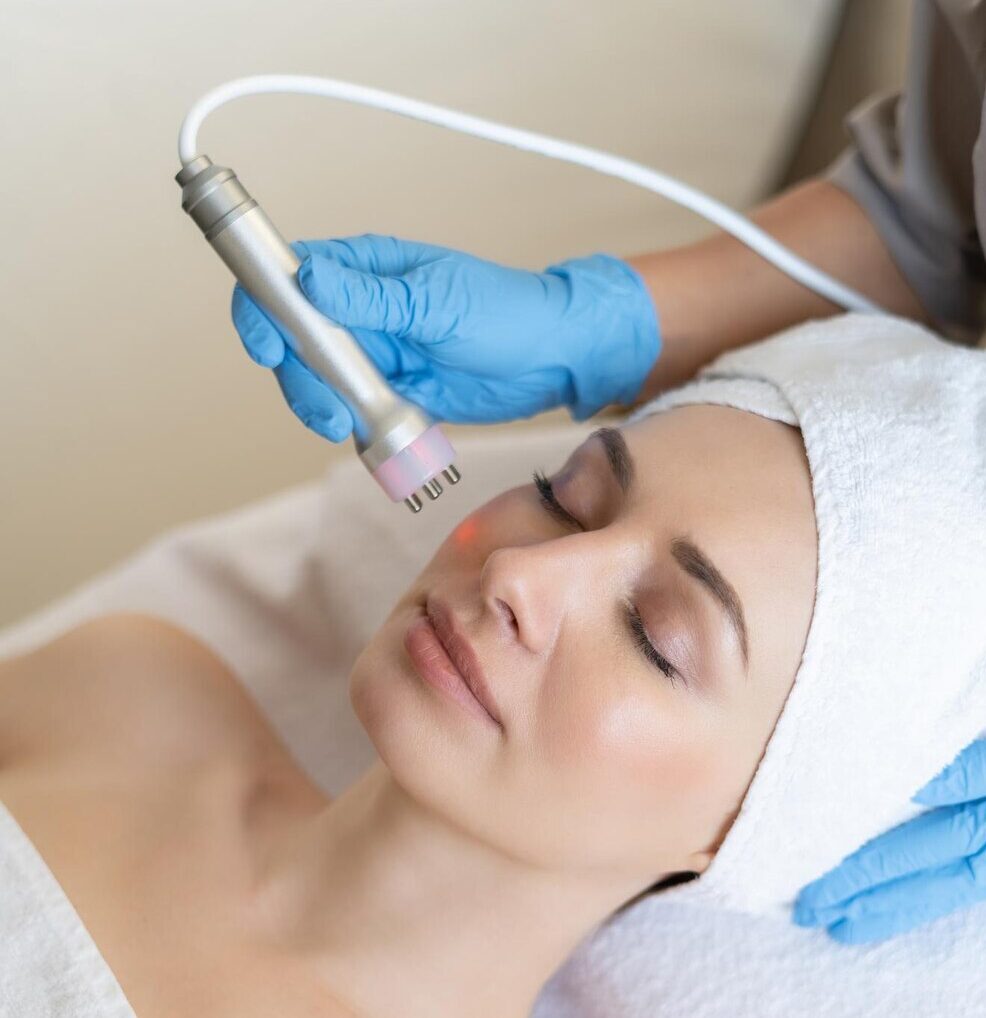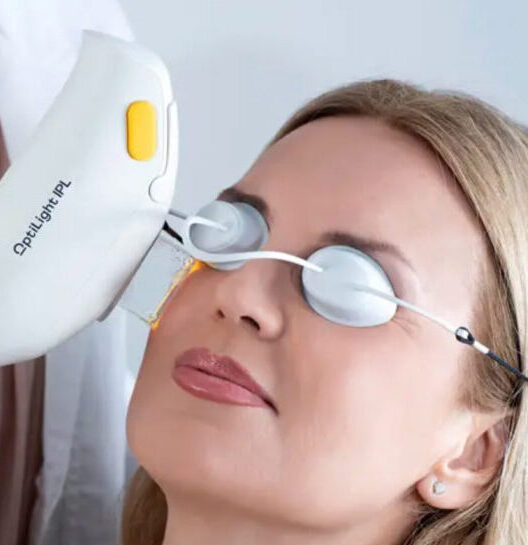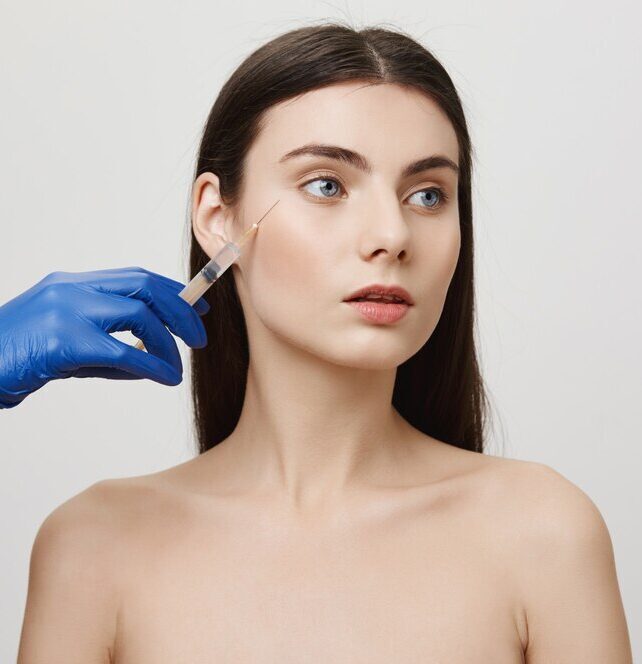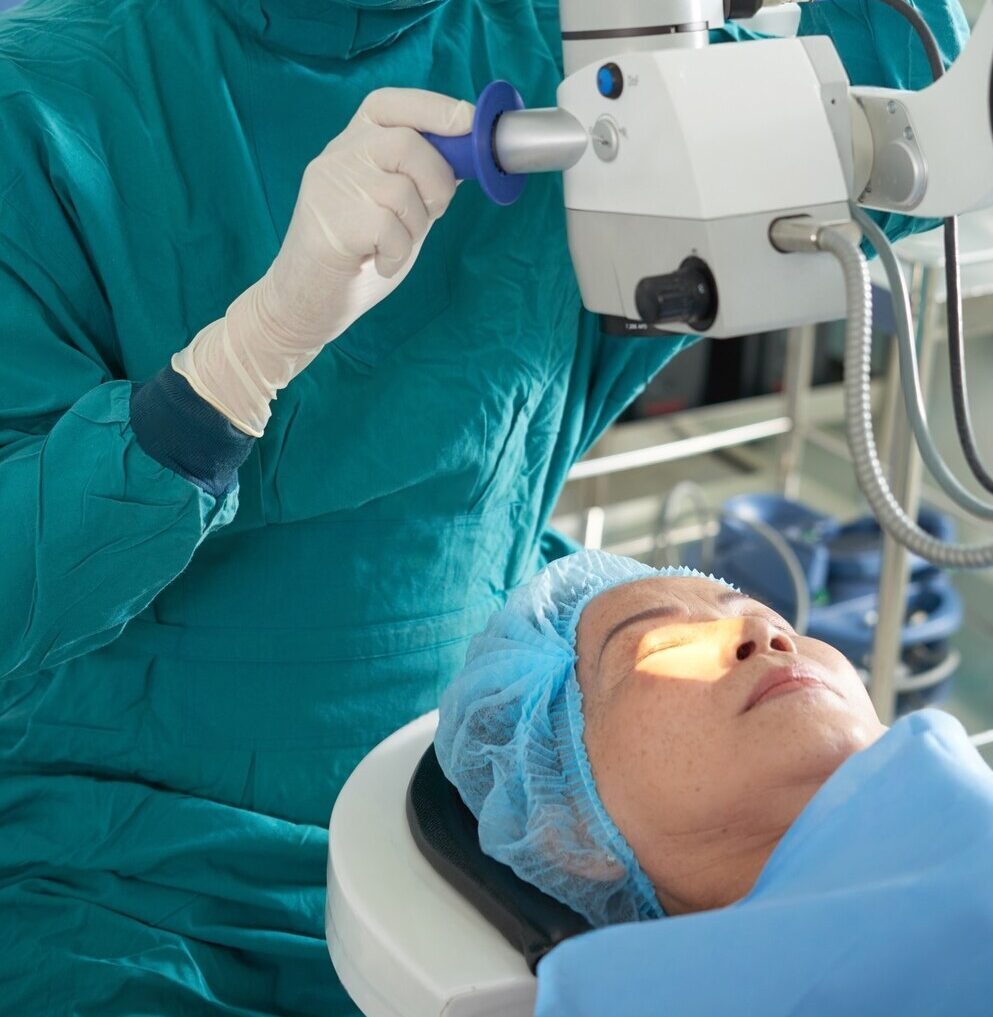Is Glaucoma Reversible? Understanding the Disease and Protecting Your Vision in 2025 Glaucoma is often called the “silent thief of sight,” and for good reason. It progresses slowly, often without noticeable symptoms, until significant vision loss has occurred. Many people only realize they have glaucoma when it’s already in an advanced stage. With modern technology …
Is Glaucoma Reversible? Understanding the Disease and Protecting Your Vision in 2025
Glaucoma is often called the “silent thief of sight,” and for good reason. It progresses slowly, often without noticeable symptoms, until significant vision loss has occurred. Many people only realize they have glaucoma when it’s already in an advanced stage. With modern technology and eye care advancements, a common question arises — is glaucoma reversible? The short answer is no, but the good news is that with early detection and proper treatment, it can be managed, and further vision loss can often be prevented.
What Is Glaucoma?
Glaucoma is a group of eye diseases that damage the optic nerve, the vital connection between your eye and brain. This damage is often caused by increased pressure inside the eye (intraocular pressure). When fluid builds up and doesn’t drain properly, it exerts pressure on the optic nerve fibers, leading to gradual vision loss.
There are several types of glaucoma, but the most common forms are:
- Open-angle glaucoma – The most prevalent type, developing slowly and often without symptoms in the early stages.
- Angle-closure glaucoma – A less common but more sudden and painful type that requires immediate medical attention.
- Normal-tension glaucoma – Occurs even when eye pressure appears normal, showing that other factors may contribute to optic nerve damage.
Is Glaucoma Reversible?
The reality is that glaucoma is not reversible. Once the optic nerve fibers are damaged, the lost vision cannot be restored. However, medical advances have made it possible to halt or significantly slow the progression of the disease. Early diagnosis and timely treatment can make a life-changing difference.
Current treatment strategies focus on reducing intraocular pressure and protecting the optic nerve from further harm. These may include:
- Prescription eye drops that lower eye pressure.
- Laser treatments to improve fluid drainage.
- Surgical procedures for severe cases to help reduce pressure.
While there’s no cure yet, managing glaucoma effectively ensures you maintain as much vision as possible throughout your life.
Does Glaucoma Hurt?
A common concern among patients is — does glaucoma hurt?
In most cases, open-angle glaucoma does not cause pain. It develops gradually, and vision loss occurs so slowly that many people don’t notice it until it’s advanced.
However, angle-closure glaucoma can be painful. This type can cause sudden eye pain, blurred vision, headaches, nausea, and halos around lights. It’s considered a medical emergency and needs immediate attention.
So, while most glaucoma cases are painless, that’s precisely what makes regular eye checkups essential — you won’t feel the damage happening until it’s too late.
How to Prevent Glaucoma from Worsening
Although glaucoma is irreversible, you can take proactive steps to prevent it from worsening and protect your vision. Here’s how:
1. Regular Eye Exams
Early detection is key. Eye specialists can detect early signs of glaucoma long before you notice any vision problems. Adults over 40 should schedule comprehensive eye exams every 1–2 years, and those with a family history should be screened more frequently.
2. Use Prescribed Eye Drops Consistently
Glaucoma medications are crucial in controlling eye pressure. Skipping doses can cause pressure spikes that worsen optic nerve damage. Consistency can literally save your sight.
3. Maintain a Healthy Lifestyle
Healthy habits support overall eye health. Eat foods rich in antioxidants, omega-3 fatty acids, and vitamins A, C, and E. Leafy greens, fish, and citrus fruits are especially beneficial. Exercise regularly to promote good blood flow, but avoid extreme positions (like headstands) that increase eye pressure.
4. Protect Your Eyes
Avoid eye injuries by wearing protective eyewear during sports or outdoor activities. Trauma can trigger glaucoma or worsen existing conditions.
5. Manage Underlying Conditions
Diabetes, hypertension, and sleep apnea can contribute to increased eye pressure. Keeping these under control reduces your risk of worsening glaucoma.
6. Limit Caffeine and Alcohol Intake
Too much caffeine may temporarily raise intraocular pressure, while alcohol can affect overall circulation. Moderation is key.
7. Avoid Smoking
Smoking increases oxidative stress and may reduce blood flow to the optic nerve — two factors linked to glaucoma progression.
By integrating these habits into your lifestyle, you’re taking meaningful steps to preserve your vision and prevent further damage.
How Do You Know If Glaucoma Was in Your Family?
A strong family history of glaucoma significantly increases your risk. If a parent, sibling, or grandparent has glaucoma, your chances of developing it can be up to nine times higher.
Here’s how to find out if glaucoma runs in your family:
- Ask your relatives about their eye health history, especially older family members.
- Check medical records if possible — some types of glaucoma are hereditary.
- Inform your eye doctor about any family history during checkups.
- Your doctor can use this information to design a personalized screening schedule, ensuring any early warning signs are caught before vision loss occurs.
At Clearlee Perfect Aesthetics, our experts encourage every patient with a family history of glaucoma to undergo routine eye exams and optical nerve imaging. Early detection offers the best protection against irreversible damage.
Modern Advances in Glaucoma Management (2025)
As of 2025, the field of ophthalmology continues to make breakthroughs in glaucoma research and management. Modern laser techniques, micro-invasive surgeries, and AI-driven diagnostic tools are transforming the way glaucoma is detected and treated.
Some exciting innovations include:
- Minimally invasive glaucoma surgeries (MIGS): Faster recovery and less discomfort.
- Smart contact lenses: Experimental lenses that monitor intraocular pressure in real time.
- AI diagnostic imaging: Helps detect subtle optic nerve changes earlier than traditional exams.
While these technologies are promising, maintaining consistent follow-up care remains the cornerstone of managing glaucoma.
Living Well With Glaucoma
A glaucoma diagnosis doesn’t mean the end of clear vision or a normal life. With the right medical care, lifestyle adjustments, and awareness, patients can continue to enjoy full, active lives.
At Clearlee Perfect Aesthetics, we emphasize holistic wellness — helping our patients understand the connection between eye health, nutrition, and overall wellbeing. Our experts ensure you receive the best preventive guidance and compassionate care for long-term vision health.
Final Thoughts: Is Glaucoma Reversible?
So, is glaucoma reversible? Sadly, once vision is lost, it cannot be restored. But with early diagnosis, consistent care, and advanced treatments, further vision loss can be prevented. Think of it as managing your vision rather than losing it — with the right steps, you can protect your sight for years to come.

